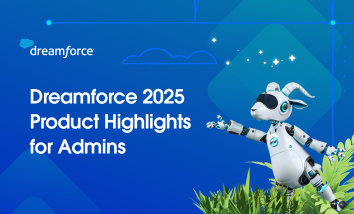As a Salesforce Admin, you play an important role in helping your users honor your customers’ wishes for privacy. You know how important regulations, such as the General Data and Protection Regulation (GDPR), are to you and your company. But how do you handle the growing tensions between your customers’ expectations for personalized sales, service, […]







